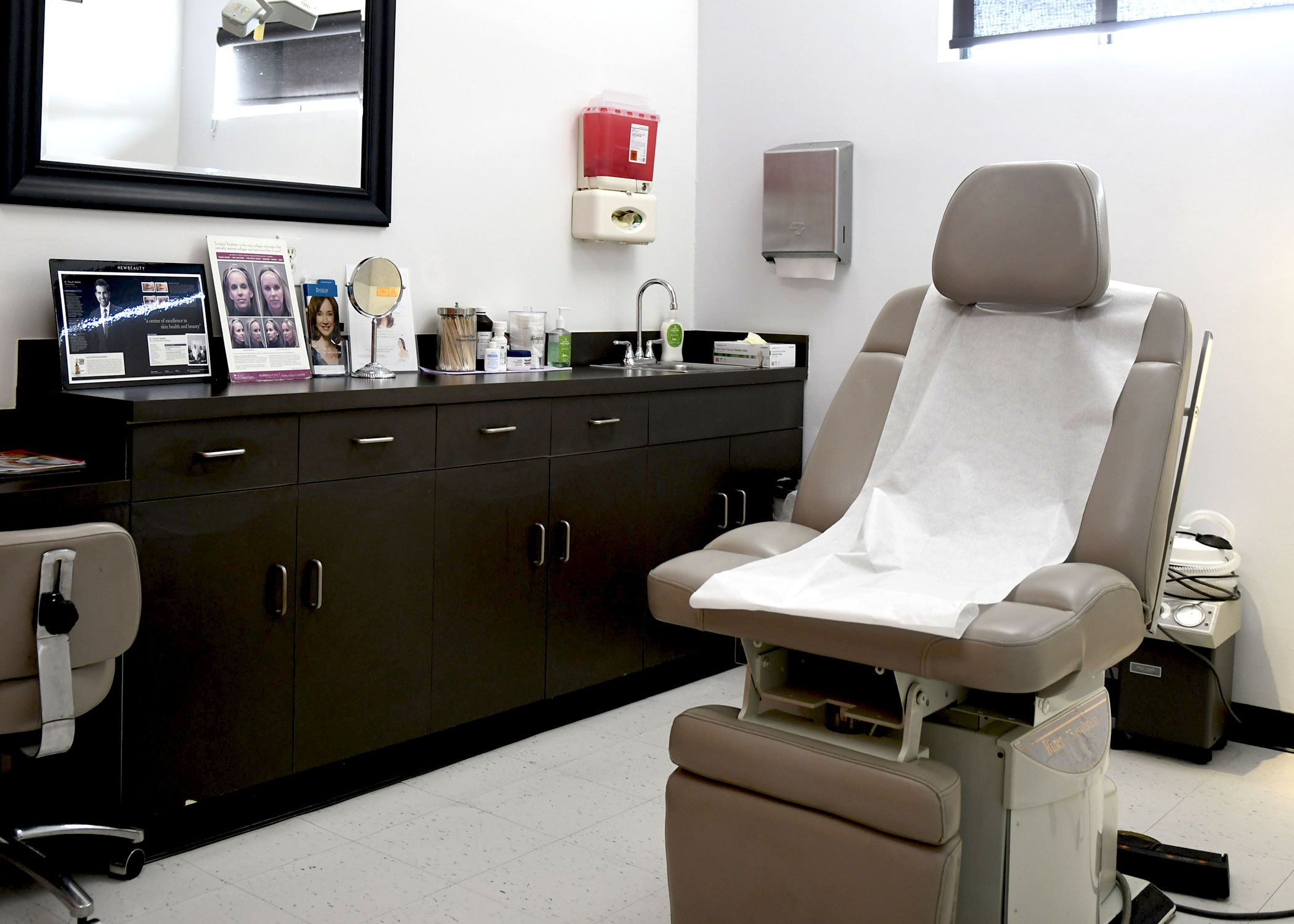Cherry angiomas start out as small red spots on the skin. They are collections of tiny abnormal capillaries. In some people they progress to form bright red or purple raised dome-shaped marks. They can be found on any part of the body, including the scalp. The cause of cherry angiomas is unknown, but they tend to appear during middle to old age. They also tend to run in families. In general, they do not require any kind of treatment but they can be unsightly if located in an inconvenient place. Some cherry angiomas tend to bleed easily, which can be annoying and is an indication for removal. A dermatologist should be consulted about the best way to remove them.
Electrodessication is often the treatment of choice for larger red spots. Electrodessication applies an electric current to the capillaries, cauterizing them and sealing them shut. After a short healing period the red spot vanishes permanently. Large elevated cherry angiomas may need to be surgically removed before using electrodessication to close off the remaining capillaries. Electrodessication can sometimes cause small, pinpoint scarring.
For small red spots or red spots located on the face, intense pulsed light (IPL) is usually the treatment of choice. IPL uses a strong broad-spectrum light source to heat up the tiny capillaries that are the cause of red spots. The heated capillaries collapse and the red spots goes away. IPL preferentially heats up colored areas (such as red capillaries) and leaves surrounding, normal tissue intact. Immediately after an IPL treatment the skin may temporarily appear pink and the red spots may darken before finally disappearing.
Regardless of the method, red spot removal is performed under local anesthetic and is quick and painless. If you have concerns about red spots, consult your dermatologist today.


